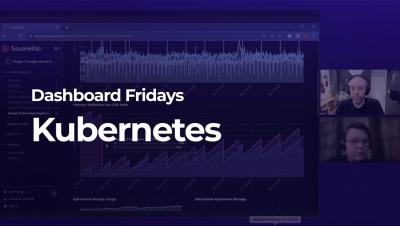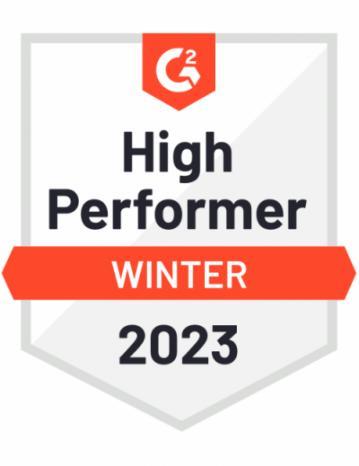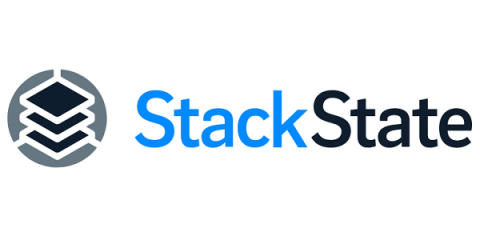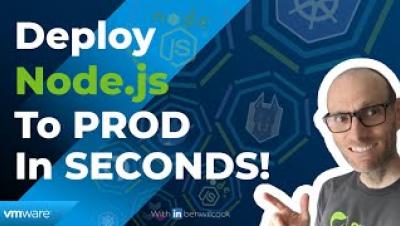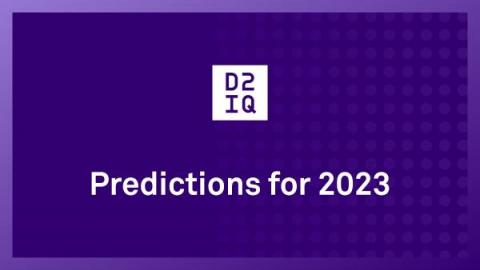Operations | Monitoring | ITSM | DevOps | Cloud
Containers
The latest News and Information on Containers, Kubernetes, Docker and related technologies.
Guide to Platform Engineering: Goals and Best Practices of Platform Engineering Team
Kubernetes Preview Environments - Adoption, Use Cases & Implementations
How to Deploy a Cribl Stream Leader, Cribl Stream Worker, and Redis Containers via Docker
As mentioned in our documentation, Cribl Stream is built on a shared-nothing architecture. Each Worker Node and its processes operate separately and independently. This means that the state is not shared across processes or nodes.This means that if we have a large data set we need to access across all worker processes, we have to get creative. There are two main ways of doing this: In this blog, we’ll walk through how to deploy a Stream leader, Stream worker, and Redis containers via Docker.
Comparing Amazon ECS launch types: EC2 vs. Fargate
Amazon Elastic Container Service (ECS) is a fully managed container orchestration service that enables users to easily run, manage and scale containers on AWS. With ECS, you can deploy containers either on a cluster of Amazon EC2 instances or on AWS Fargate, a serverless computing engine for containers. In this article, we’ll look at how these two launch types compare and explore how to start using them.
SUSE Receives 15 Badges in the Winter G2 Report Across its Product Portfolio
I’m pleased to share that G2, the world’s largest and most trusted tech marketplace, has recognized our solutions in its 2023 Winter Report. We received a total of 15 badges across our business units for Rancher, SUSE Linux Enterprise Server (SLES), SLE Desktop and SLE Real Time – including the Users Love Us badge for all products – as well as three badges for the openSUSE community with Leap and Tumbleweed.
How to Troubleshoot Slow Services in Your Kubernetes Cluster
To get the best performance out of your Kubernetes cluster, SREs and software engineers must have enough knowledge and instruments to find misconfiguration and bottlenecks. At the same time, thanks to Kubernetes’ ever-growing popularity, there is a global shortage of expertise on the platform.
How To Deploy Node.js To Production Kubernetes In Seconds
GitOps The Planet (E5) | Homelabs with K8s@home
Predictions for 2023
In 2022, Kubernetes continued to mature and gain widespread adoption as it crossed the chasm into the mainstream. Following are the predictions we see for Kubernetes in 2023.


